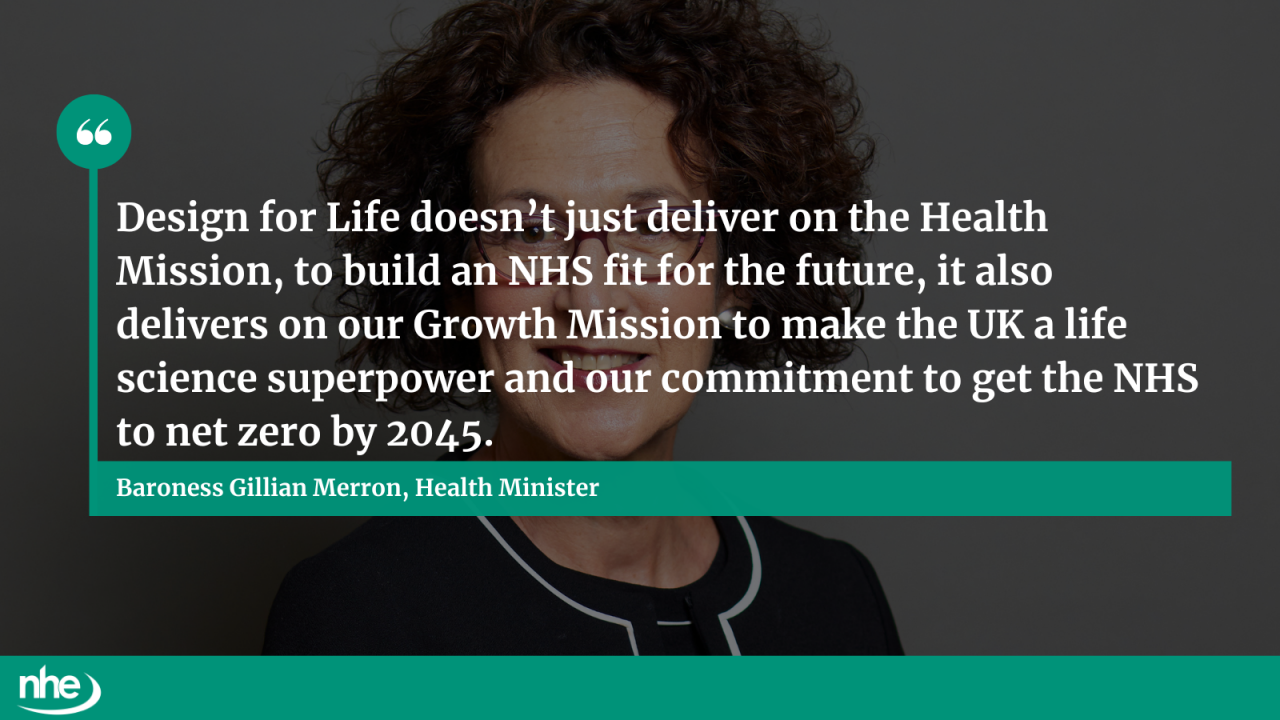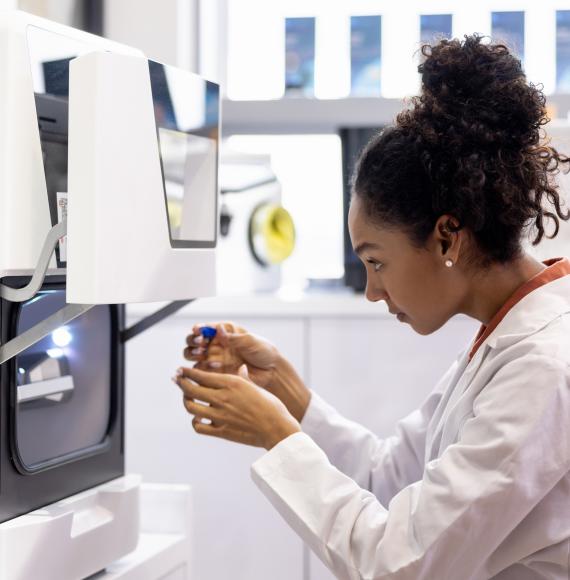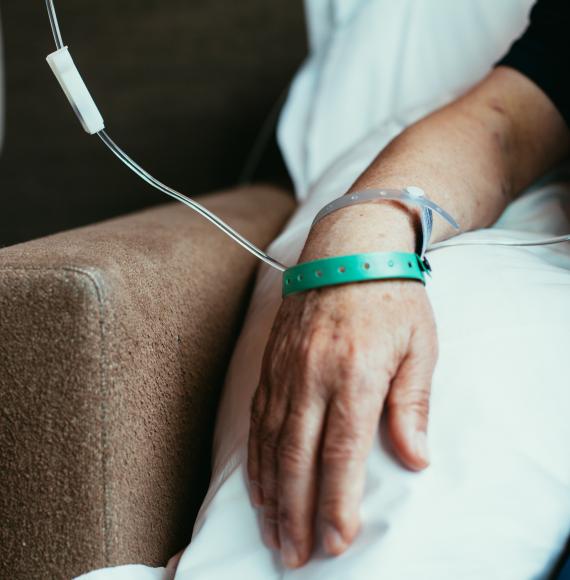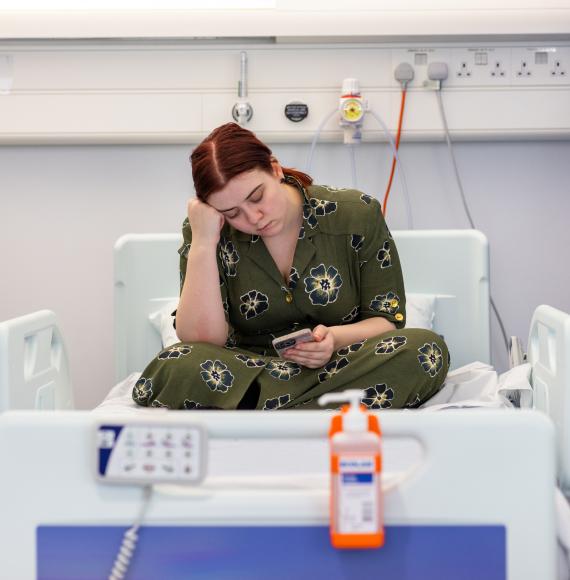The UK Government has launched a new strategy to significantly reduce the number of single-use medical devices in the NHS.
With the NHS in England alone estimated to produce around 156,000 tonnes of clinical waste per year, the Design for Life Roadmap sets a path for:
- Waste reduction
- Reuse maximisation
- Remanufacturing and recycling optimisation
The vision
The strategy features an ambition for the UK to have transitioned away from all avoidable single-use MedTech products and towards a more circular system by 2045.
For example, 330,000 single-use tourniquets are used a year at Mid Yorkshire Teaching NHS Trust despite reusable versions having the capacity for around 10,000 uses. As part of a one-year trial, the trust saved £20,000 in procurement costs using the green alternative and 0.75 metric tonnes of plastic waste.
Approximately £12,000, meanwhile, was saved at a single Northampton Hospitals NHS Trust ophthalmology department through 1,000 pairs of disposable scissors. Several million pairs of single-use scissors are purchased each year, according to NHS procurement data.

Leeds Teaching Hospitals saved more than £76,000 by buying 604 remanufactured electrophysiology catheters, before generating a further £23,000 for selling used devices for collection. If scaled up nationally, the Department of Health and Social Care believes this approach could yield millions of pounds’ worth of savings in EP catheters alone.
At the same trust, harmonic shears recouped 50% in cost savings when local leaders demonstrated that companies could safely remanufacture them. Harmonic shears, which are used to seal patient wounds through the power of ultrasound waves, cost £500 each and are thrown away after one use nine out of 10 times.
Around £10bn is spent each year on technology like this – much of it being imported through vulnerable supply chains. The roadmap features 30 actions to address six problem statements which centre around:
- Leadership and alignment
- Behavioural change
- Commercial incentivisation
- Regulation and standards
- Physical and digital infrastructure
- Transformative innovation
Circular economy
Ultimately, the government wants to initiate a shift to a more circular economy – an eponymously named taskforce has already been established by the government to create more highly skilled green jobs and make better use of resources.
It is thought that an economy-wide shift to a circular economy could bring £75bn in benefit while also creating 500,000 jobs by 2030.
“Every year, millions of expensive medical devices are chucked in the bin after being used just once,” said health secretary Wes Streeting. “We are going to work closely with our medical technology industry, to eliminate waste and support homegrown medtech and equipment.”
Baroness Gillian Merron, health minister, recently visited University College London Hospital, which is a member of the Circular Economy Healthcare Alliance along with University Hospitals Sussex, Cambridge University Hospitals, Imperial College Healthcare, and Chelsea and Westminster Hospital.
She said: “Design for Life doesn’t just deliver on the Health Mission, to build an NHS fit for the future, it also delivers on our Growth Mission to make the UK a life science superpower and our commitment to get the NHS to net zero by 2045.”
Image credit: iStock



















